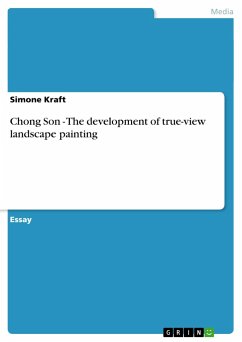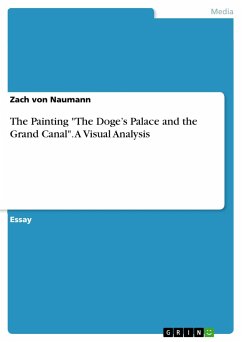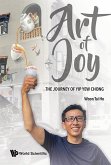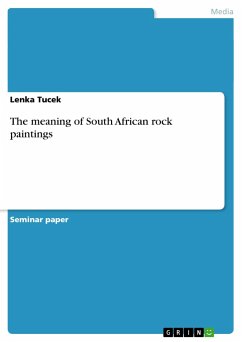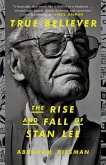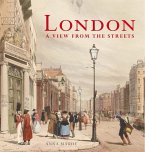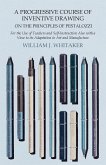Essay from the year 2004 in the subject Art - Painting, grade: A, School of Oriental and African Studies, University of London (Department of Art and Archeology), course: History of Korean Art, language: English, abstract: In the Chos n period (1392-1910), Korean landscape painting flourished. Traditionally strongly bound to a Chinese paradigm, the Korean masters of painting sought to give their works distinctive peculiarities. Especially from the middle of Chos n period on, strong tendencies towards "Koreanization" emerged comprising not only arts but all sectors of life. Initially, painting developed slightly different characteristics still within the scope of the paramount Chinese arts such as bolder outlines and coarser brushwork (Pratt, 1995: 43). The painter Ch ng S n (1676-1759) eventually heralded the turn to a typical Korean style of landscape painting, the so-called "chin'gy ng (sansu)", true-view landscape painting. Reaching its peak in the following eighteenth century, this genre depicts the beauty of real Korean countryside using a certain technique which bears distinct features, even though still being geared to Chinese example.

